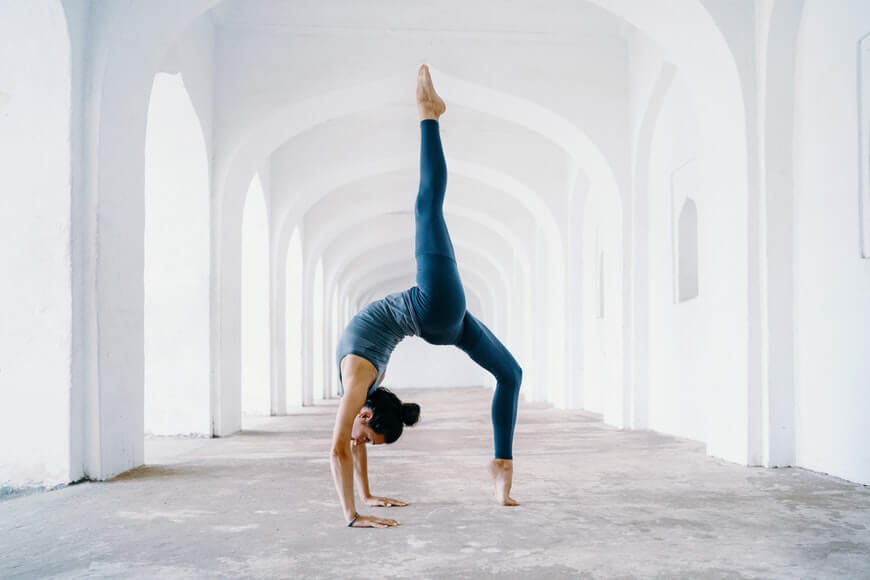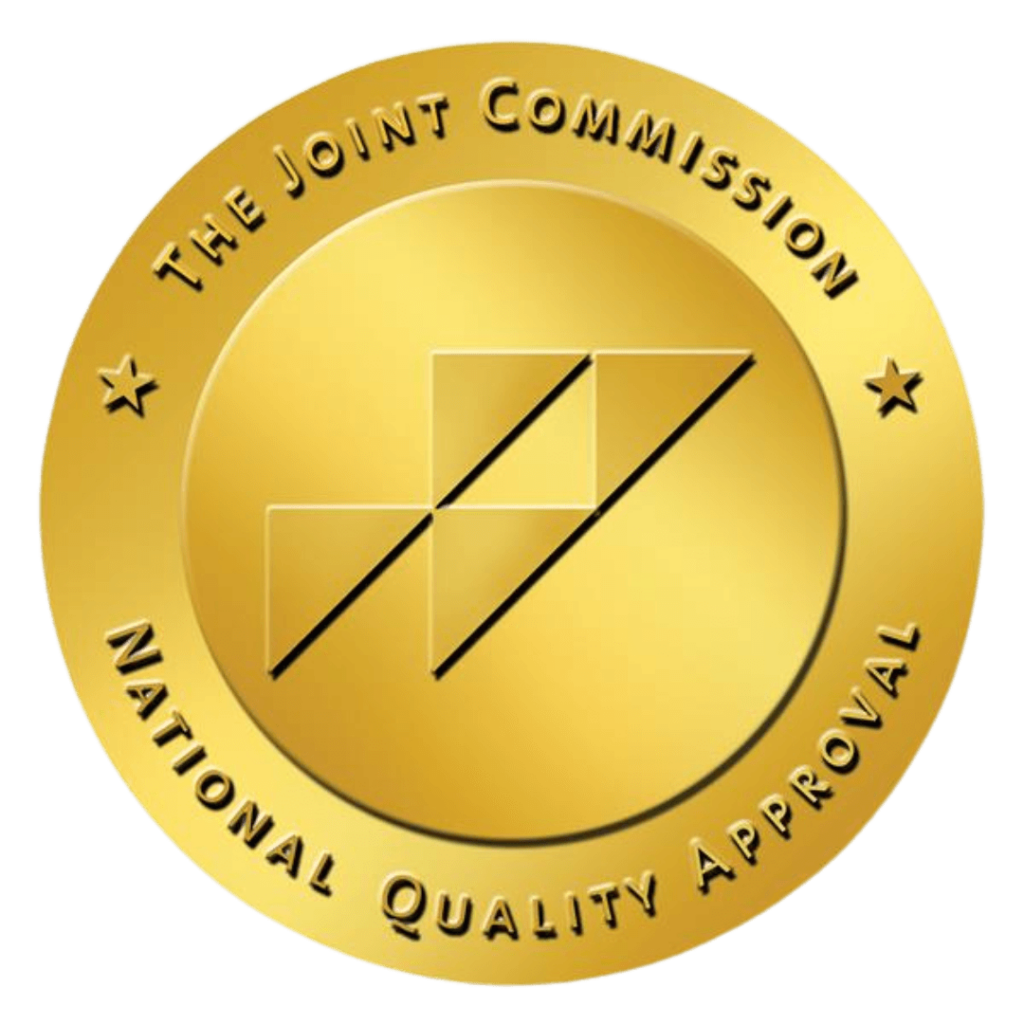
There are some types of yoga that are mainly about relaxation, but there are others where you move more if you’re up for it. Yoga mostly focuses on learning poses a.k.a asanas and includes paying attention to your breathing.
Be Yoga Flexible
Yoga poses work by stretching your muscles. It helps you move and feel better; if you are stressed or tired, yoga can help you relax —mentally and physically.
At any level of yoga, you will most likely notice benefits sooner than you would have thought. There was a study where people improved their flexibility by up to 35% after only 8 weeks of yoga.
Poses for Strength
Ashtanga and power yoga and helps improve your muscle tone. Iyengar or Hatha gives you strength and endurance even when it is less vigorous than Ashtanga.
Yoga poses like an upward dog, downward dog, and the plank pose, build upper-body strength. The standing poses, when you hold them for a number of long breaths will build strength in your hamstrings, quadriceps, and abs. If you are doing them the right way, almost all the poses can build up core strength in the deep abdominal muscles.
Get Better Posture
Your posture really improves when you are more flexible and stronger. If you are able to successfully commit to developing your core strength, don’t be surprised if you are stronger than.
If you have a stronger core, then, most likely you’ll be able to sit and stand correctly.
Yoga also helps you with your mindfulness—this allows you to notice more quickly if you’re slouching or slumping, so you can adjust your posture.
Breathe Perfectly
Yoga isn’t aerobic like cycling or running but it can be intense and you can really break a sweat. Yoga focuses on your breathing —something that can actually make you relax. Often, especially when you have a trainer or a yogi master they would introduce some poses that would need specific breathing techniques that you have to use.
Less Stressed and Less Tense
Although being stress-free is not the goal of yoga, finishing a session will make you feel less stressed, less tense, thus, be relaxed and motivated.
Some meditation techniques are used in yoga. These techniques help calm your mind and help you focus on your breathing too.
Perfect For Your Heart
Yoga is well-known to help lower your blood pressure and slow your heart rate. If you have a slower heart rate, there is a lesser chance of you having high blood pressure and a stroke.
Yoga is also linked to lowering your triglyceride levels and cholesterol and thus makes your immune system function better.
What Is Yoga Therapy?
Yoga therapy is a type of therapy that uses yoga postures, breathing exercises, meditation, and guided imagery to improve mental and physical health. The holistic focus of yoga therapy encourages the integration of mind, body, and spirit. Modern yoga therapy covers a broad range of therapeutic modalities, incorporating elements from both physical therapy and psychotherapy.

Issues Treated by Yoga Therapy
Yoga therapy is a growing field and scientific evidence has begun to emphasize its efficacy. It is used to treat existing mental and physical health issues, but can also be used as a self-care strategy for prevention and maintenance.
Yoga therapy is well established as a treatment for depression and anxiety. A meta-analysis cited in the Primary Care Companion for CNS Disorders found that yoga therapy also shows promise for the treatment of posttraumatic stress (PTSD) and schizophrenia. Additionally, yoga therapists have begun to develop treatment modalities to suit children with autism. The book Yoga Therapy for Children with Autism and Special Needs, written in 2013 by yoga teacher Louise Goldberg, is already considered a critical text for novice and experienced yoga therapists alike.
According to a 2012 article in Social Work Today magazine, yoga therapy is also emerging as an effective treatment for substance abuse issues. Mental health professionals point out the way yoga positively impacts the parts of the mind and body susceptible to addiction. Studies have shown that yoga boosts the neurotransmitter GABA (gamma-aminobutyric acid), which is important because GABA levels are statistically low in people who experience substance abuse, anxiety, and depression.
Because of its concentration on mind and body integration, yoga therapy is also used to address many physical health issues. It has been effectively used to treat back pain, heart conditions, asthma, chronic fatigue, hypertension, multiple sclerosis, and side effects of chemotherapy.

What Are The Benefits Of Yoga Therapy?
Yoga therapy is practiced in a wide range of formats. Physical therapists, for example, often implement yoga techniques in their delivery of massage and other treatments. Yoga therapy practice can resemble physical therapy, rehabilitative therapy, and or psychotherapy. Unlike a standard yoga class, yoga therapy sessions are typically conducted in one-on-one or small group settings. Yoga therapy can be provided as an adjunct therapy to complement other forms of treatment, or it can be used to directly treat a specific issue. Yoga techniques range from simple to advanced and can be enjoyed by people of all ages.
Potential benefits from yoga therapy include stress reduction, psychological well-being, improved diet, and efficient functioning of bodily systems. A 2011 qualitative study from Inkanyiso: Journal of Humanities and Social Sciences examined the effects of yoga therapy on anxiety. The findings not only indicated that yoga therapy effectively reduced subjects’ anxiety but improved across several dimensions of physical and mental health including physicality, relaxation, and mindfulness.
What to Expect from Yoga Therapy
When a person decides to initiate yoga therapy, the therapist will first conduct an initial assessment. This assessment is designed to do the following:
- Recognize health problems
- Evaluate their lifestyle and physical capability
- Discuss reasons for seeking therapy
- Create a course of treatment
Once the treatment plan is established in this first consultation, the frequency of sessions is agreed upon and sessions are scheduled. From this point, therapy sessions will most likely include the following components:
- Breathing Exercises (Prayanama): The therapist will guide the person in therapy through a series of breathing exercises ranging from energizing breaths to balancing breaths.
- Physical Postures (Asana): The therapist will teach the person in treatment appropriate yoga poses that address problem areas. For example, the “Legs Up the Wall” pose is used to treat things like anxiety and insomnia. In this pose, the person lays on his or her back with legs positioned up against the wall.
- Meditation: Relaxation and mindfulness are the focus of meditation when it is combined with yoga poses.
- Guided Imagery: The yoga therapist attempts to calm the body and mind by providing a guided visualization intended to bring inner peace.
- Homework: An important element for any yoga practice is to find a way to incorporate it into daily life. Yoga therapists provide instructions on how to use what has been learned in treatment at home.




